That afternoon’s program at the beautiful Calzada Street theater featured Petrushka, with Igor Stravinsky’s music. The phenomenal Fokine choreography was by Alberto Alonso as the soloist, with the flawless musical interpretation directed by Catalonian musician José Ardévol. We left the theater in total awe.
“Hey, Chalito, where have you been, honey?” said an almost six-foot-tall pretty blonde gringa. She stamped a kiss on his lips, and even I felt its wetness; it was as torrid as an earthquake.
“You promised to take me dancing with the Márquez Sisters at the outdoor cafés, remember?”
Then, pointing at me she added, “We can always take your friend with us to escort Fefita. She’ll be here any minute. What do you say, guys?”
I interrupted. “I’m sorry, Chalo, but please tell Ginger Rogers here that my English didn’t pass the second lesson, so with anything other than ‘Tom is a boy and Mary is a girl,’ I am as lost as a cockroach in a chicken party. Okay?” I thought what I said came out pretty smoothly.
She was watching us. My English must have sounded to her like Chinese or Martian. The American lady might not have understood a word I said, but she and Chalo couldn’t stop laughing. When they finally stopped, Chalo said not to worry, that the blonde spoke some Spanish and we would wait for her girlfriend to go dancing. We’d go under Prado’s awnings, to the outdoor café of the Hotel Pasaje, where the Márquez Sisters and the Anacaona Orchestra were playing.
The Saratoga, The Dorado, and The Pasaje were the three main cafés with live music. These famous outdoor cafés, also known as Las Marquesinas de Prado (the Awnings of Prado), were across from the National Capitol Building, built during Gerardo Machado’s dictatorship. These places all featured women’s orchestras like Renovación, Anacaona, Las Cubanitas, and Ensueño. They were as good as, and sometimes even better, than those of the opposite sex. The main course was undoubtedly the dynamic Marquez Sisters, whose performance was not to be missed.
The night was still young and beautiful, so, as soon as Fefita, Ginger Rogers’s girlfriend (and what a girlfriend!) came from the “pipi-room,” we were off. From that night on, Chalo’s blondie became Ginger Rogers for everybody. After the show, we took a walk under Prado’s laurel grove heading to Avenida de los Presidentes. We passed the hotel by the same name, near the gigantic statue of Don Tomás Estrada Palma, the first president of Cuba. We continued down the street near the modern American embassy building and stopped around the monument to the armored ship Maine, whose explosion started the Spanish-American War. Behind it, the formidable Hotel Nacional stood majestic on its rocky promontory.
We sat on the Malecón’s thick contention wall to enjoy the soft breeze. The croak of marine birds got me out of my contemplative ecstasy that until then had kept me from looking anywhere but at Fefita’s cleavage. She was a national beauty. She contemplated the moon’s reflection on the quiet waters of the Florida Strait. Fefita was one of those gorgeous Cuban ladies you could get rich selling tickets for people just to watch. She was a demolition crew, a hurricane, and as bubbly as Alka-Seltzer. With her big black eyes, her meaty lips like the pulp of a ripe caimito (Luis Carbonell would call it cuasi bemba), and a behind of metaphysical dimensions. It balanced harmoniously with the rhythm of the ascending walk she had polished to perfection. Anyone who crossed her path would succumb to her beauty. Although she was named like the danzón she could have very well been the one and only Trigueña Encarnación, the unbelievable brunette in Orquesta Aragón’s popular song featuring Richard Egües’s flute.
When we were ready to start to walk back to Las Marquesinas, a persistent blowing horn and a loud male voice yelling and waving his arms at us like a windmill made us come to a stop. Lito Rivas, in his green Ford convertible, created such a commotion that it almost interfered with the traffic. He was inviting us for a ride through Malecón in his famous convertible.
Through the speakers we could hear the beautiful ode to Havana by Costa Rican composer Ray Tico: “Havana, enchanted paradise/Havana, princess of the seas.”
A few minutes later we passed by General Antonio Maceo’s monument. The tall pedestal seemed to raise the statue of our Bronze Titan right into the sky, as if he was riding his white horse among the stars. A magical and mysterious aura surrounded that ancient building that housed “La Casa de Beneficiencia” and the city with heavy upright yellowish walls. This city has been a source of inspiration for poets, musicians, writers, and landscape artists for more than four centuries.
As Dominican writer Juan Bosch writes in his book, Cuba, the Fascinating Island,
It didn’t take long for Havana to turn into a center of great commercial and cultural activities. It was born, nonetheless, by itself, without a royal disposition, or formal document to give her a name. Historians can’t even come to terms with where it was first established. For a long time they argued whether it was called Havana, Abana, Avanam, or Habana. What we do know for sure is that between 1515 and 1529, small shacks and settlements began to appear in the bay’s eastern shore. The surrounding land belonged, or was ruled by “Cacique Habaguanex,” and from him came the name of what in time would become the capital of the Pearl of the Antilles and the gate to the Indies.
In its most glorious days, Havana came to be a sort of synthesis between the immense New York nightlife and the relaxed bohemian frivolity of Paris, but without the harshness of the northern winter and with that omnipresent, all-enveloping smell of the sea instead of the implacable, always-stalking European body odor so common in the City of Light and all over the old continent. On the other hand, there were those who saw the impudent Cuban capital as a Caribbean version of Sodom and Gomorrah, whose many aberrant perversions required a titanic effort to avoid.
Legend has it that when Bishop Fray Diego de Compostela arrived in Havana on November 17, 1687, he learned that a newborn baby, abandoned on the city streets, had been eaten by pigs. So affected was the clergyman that he had the happy idea of opening a home for all the helpless children. He died in 1704 and couldn’t see his idea through, but the plan was carried out, inaugurated on the corner of Oficios and Muralla streets around 1710 by his successor, the illustrious Bishop Jerónimo Valdés. It was situated in several homes known throughout the years as Casa Cuna (literally “Crib Home”) and later as Maternity. The charity house was moved to the place it occupied for many years on the corner of San Lázaro and Belascoaín, sponsored by the Countess of Jaruco, the Marquess of Arcos y de Cárdenas, and the canon Luis Peñalever in 1792.
It seemed to one walking around the silent hallways, basements, and tunnels of the very ancient construction as if the thick walls hid thousands of stories that had been floating for centuries in the humid, cold echo. One of the best known ones was the one about the boy that was deposited there in 1809 and became, years later, the distinguished poet Gabriel de la Concepción Valdés, or Plácido, who shone with his own light as a man of words until the despotic colonial government cut off his life, involving him in what history knew as “La Conspiración de la Escalera” (The Conspiracy of the Ladder). It was found later that Plácido had been born in Matanzas as a result of an illicit love affair between a mixed-race hairdresser and a dancer from Burgos that had come to work at Havana’s Teatro Principal.
Another celebrated character on the orphanage books was Cecilia Valdés, immortalized by Cirilo Villaverde in his passionate novel La Loma del angel (Angel Hill). With a script by Austin Rodríguez, the drama of Cecilia Valdés was taken to the stage by Maestro Gonzalo Roig’s zarzuela, becoming the most representative work of Cuban lyric art. Even with fictitious names it seemed to have actually happened; several historians later verified facts, addresses, and costumes given by the novelist.
Galician Benigno, who was a sort of orphanage concierge for many years, insisted that on the nights of full moon, the voice of Plácido could be heard reciting his poems. And he said he had seen with his own eyes the ghost of Cecilia, who, still weeping over Leonardo’s betrayal, dragged her sorrowful soul in between the columns of the orphanage. Certainly, the basement and subterranean hallways could give you chills, but that somber and dreadful environment changed the moment you stepped onto the huge central patio under the golden sun shining in Havana’s blue sky.
It is unbelievable that the most beautiful song composed about Havana was not written by a native or a Cuban, but by a Costa Rican, Ray Tico, who, like many others, fell in love with the fabulous city.
Upon turning right, near Castillo de La Punta, we immediately bumped into the two bronze lions that guard Paseo del Prado. We followed the beautiful avenue toward the outdoor cafes. The exhilarating aroma emanating from the pores of the storybook female by my side was driving me nuts. Her wild jet-black hair brushing my face and the wind whispering to the blackbirds on top of the trees blended with the melody and final words of Tico’s love song to “Havana, enchanted land of love.”
The car seemed to glide softly up the street, leaving behind the Fausto Theater, the Sevilla Biltmore Hotel’s Arab Club, and the famous “Engañadora” corner. This spot and “La Engañadora” were both immortalized by composer Enrique Jorrín in his famous “Cha Cha Cha.” Restaurant Miami was also right on this corner. We went by the Louvre sidewalk, with Hotel Inglaterra and its souvenir stores bursting with artistically carved maracas, preserved crocodiles, postcards, straw hats with colorful ribbons, and other general tourist trappings. Then, when we crossed San Rafael Street, we saw the National Theater with the Galician Center building, built between 1909 and 1915, right across from Parque Central. This historical ride brought to mind the bomb explosion in the theater’s dungeons set by bellicose trade unionists during Enrico Caruso’s performance in 1920. Verdi’s Aida was playing, and Caruso was so frightened, he ran through the streets of Havana dressed as Rhadames.
We crossed San José Street and parked in one of the diagonal squares in the center of the avenue, right between the Capitol building and the café’s porches.
As soon as the motor stopped, we could hear the stylish local voices of the Márquez Sisters Trio singing “Cuidaíto, compay gallo, cuidaíto!” (“Watch out, cocky buddy, just watch out!”), the delightful guaracha by Ñico Saquito. The place was full to capacity, but we were miraculously able to get the last available table.
“Hello, honey! You did show up!” said a great-looking, trendy mulatta melodiously.
She placed one of her neatly manicured hands on Lito’s shoulder. The man stood up, put her hand between his, and after inhaling her fine aroma, kissed her cheek. Then, addressing us, he said, “Guys, this is Graciela, the superstar singer of the Anacaona Orchestra, the one that drives Havana’s men wild.” Then, pulling a chair and gently inviting the singer to sit with us, he asked, “Isn’t that so, Gracielita?”
“Don’t elevate me so much, sweetie, or the fall could be shocking, okay?” answered Graciela playfully. Then, in a much lower voice, she added, “And you better watch it, Lito. That sailor is still looking around to break your bones, you hear?”
Looking at his fingernails, Lito said in a clarifying manner, “That little problem is more than taken care of. Peña—that’s the name of the bassist you are referring too—loves to fish, and since yesterday was his birthday, which he celebrates along with his mother’s, I got together with Alvarez Guedes and bought him the most fabulous fishing gear we found at Sears. Latest model fishing rod, lures, spools, the works. We even got him a hat like those little hats gringos wear in the movies when they go fishing. We also sent his mom the most alluring load of roses, lilies, carnations, and white lilies that we found in the same market where we had bought the rotten fruit. We included a bottle of El Gaitero cider, a note apologizing and promising never to bother him again. Oh, and we also sent a birthday card to Doña Dorita. How about that? Isn’t it moving?”
“Yes, very tender,” said Nersa Márquez, who had just sat at our table with her sister Trini. Then she added ironically, “So what did you give the midget? A tricycle? Or a box of diapers so the nuns could change him more often? Go ahead, tell us.”
Lito replied, “Look, girls, you know that every time someone plays a bad trick on someone, they blame me. But, without accusing anyone, I have to say the midget thing sounds like something Big Head Pucho would do with Trio Taicuba’s Cataneo. You know they do that stuff, and when the orphanage gag happened I wasn’t even around here, believe it or not.” But the practical-joking saxophonist confessed, “I don’t deny I would have had fun.”
Right at that moment, the music started and we all went to shake our bones to the famous Anacaona rhythms.
“Look at Ginger Rogers and Chalo Astaire dancing like in the movies!” shouted Graciela while heading towards the dance floor.
I was just silently praying that they would play a nice soft bolero so I could slow dance and get closer to Fefita’s wet and fragrant neck, which already had me hallucinating. When we got back to the table we were all discussing the new unknown, bizarre-looking member of the Anacaonas.
“I wonder who that weird skinny woman is,” exclaimed Trini Márquez.
The skinny clumsy girl with the tambourine face had long and reddish stringy hair. She was wearing sunglasses in the middle of the night, so she looked like a blind woman.
“She looks like a Jamaican hen, you know, the kind with no feathers on their neck,” said Nersa, laughing out loud.
Truthfully, the girl didn’t exactly look like the models that come out in magazines, but her trombone sounded awesome.
Dos gardenias para ti
Con ellas quiero decir
Te quiero, te adoro
Two gardenias just for you
With them I want to say
I love you, I adore you
It was Graciela’s romantic voice, singing (at last) that awaited bolero by Isolina Carrillo, but it was too late for my slow dance. Galleguito Godínez was already bringing the food we ordered, and Fefa was hungry and ready to attack it. The waiter had forgotten to bring the drinks. Glancing all over the place looking for him, we noticed that the weird new trombonist had disappeared from the stage, chair and all. Next, we got the surprise of our lives.
The men’s bathroom door opened violently, and a naked man, dressed only in the long, red, messy wig jumped out. It was none other than Pucho Escalante. He ran out the door, jumped over the piano, ran over a waiter, everything on his tray flying all over the place. Pucho bluntly turned several tables full of food and liquor upside down and made his way like a thunderbolt across from us. Then, as if completely suicidal, he crossed the busy street without even looking, forcing cars to slam their screeching breaks and honk their horns like crazy.
“Pucho, hey, Puchooooooo!” Trini, Nersa, Lito, the girls, and I screamed.
Most of all, his brother Chalo called him, but we didn’t get his attention. He was gone. We saw him inexplicably reach the other side of the four-lane avenue in one piece. He disappeared from the view around San José Street heading toward the Campoamor Theater. When Pucho got lost in the indistinguishable multitude, we looked back at the bathroom door. Lito and Chalo identified Peña, the Navy bassist, dressed in his white uniform. With him was the circus midget. They were both holding guns and laughing out loud, so hard their jaws were shaking. Later on we learned that they had made the trombonist take off his clothes at gunpoint, making him run stark naked all over the streets of Havana in order to save his life. And what was worse, the weapons were toy guns!
From Letters to Yeyito: Lessons from a Life in Music, by Paquito D'Rivera




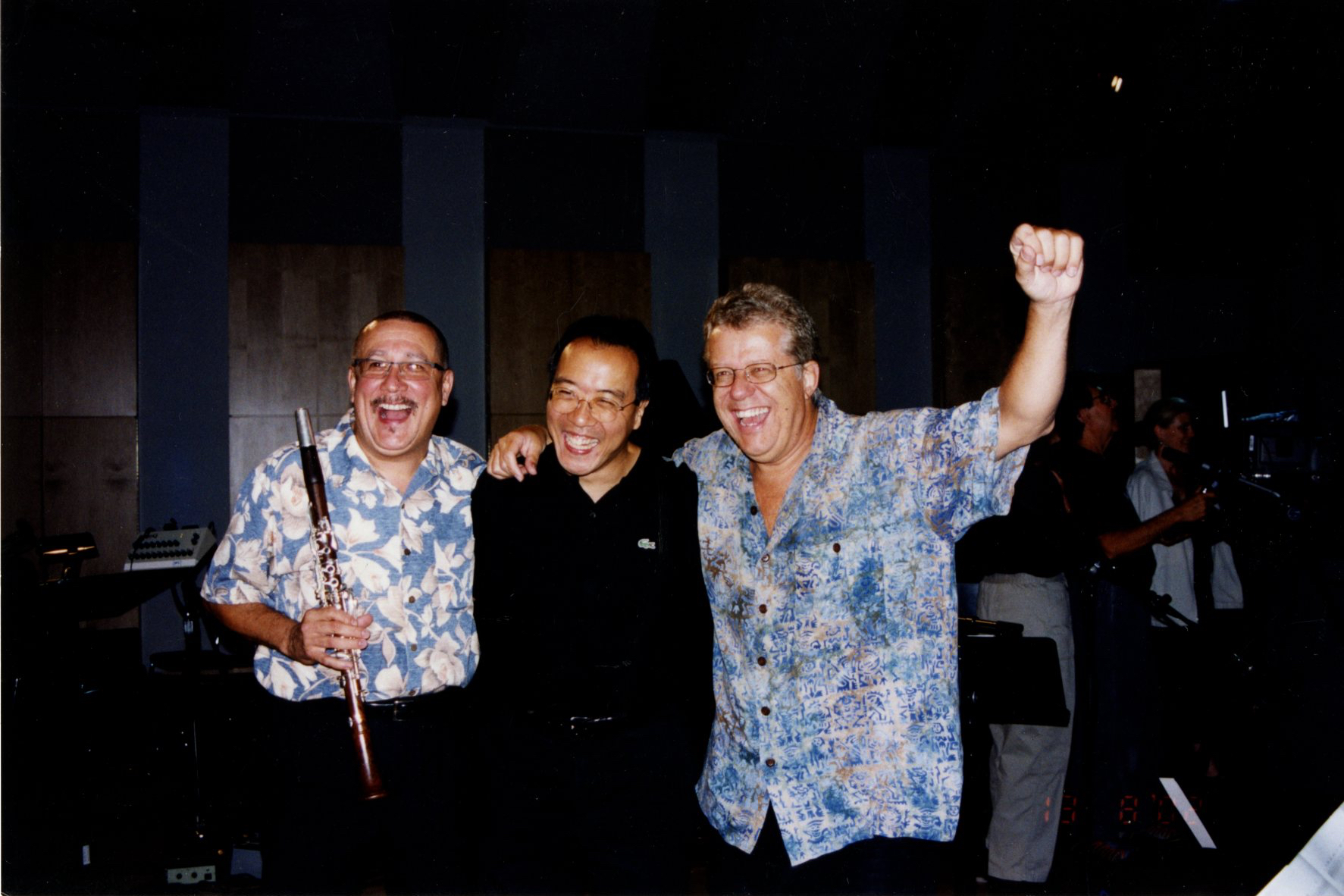


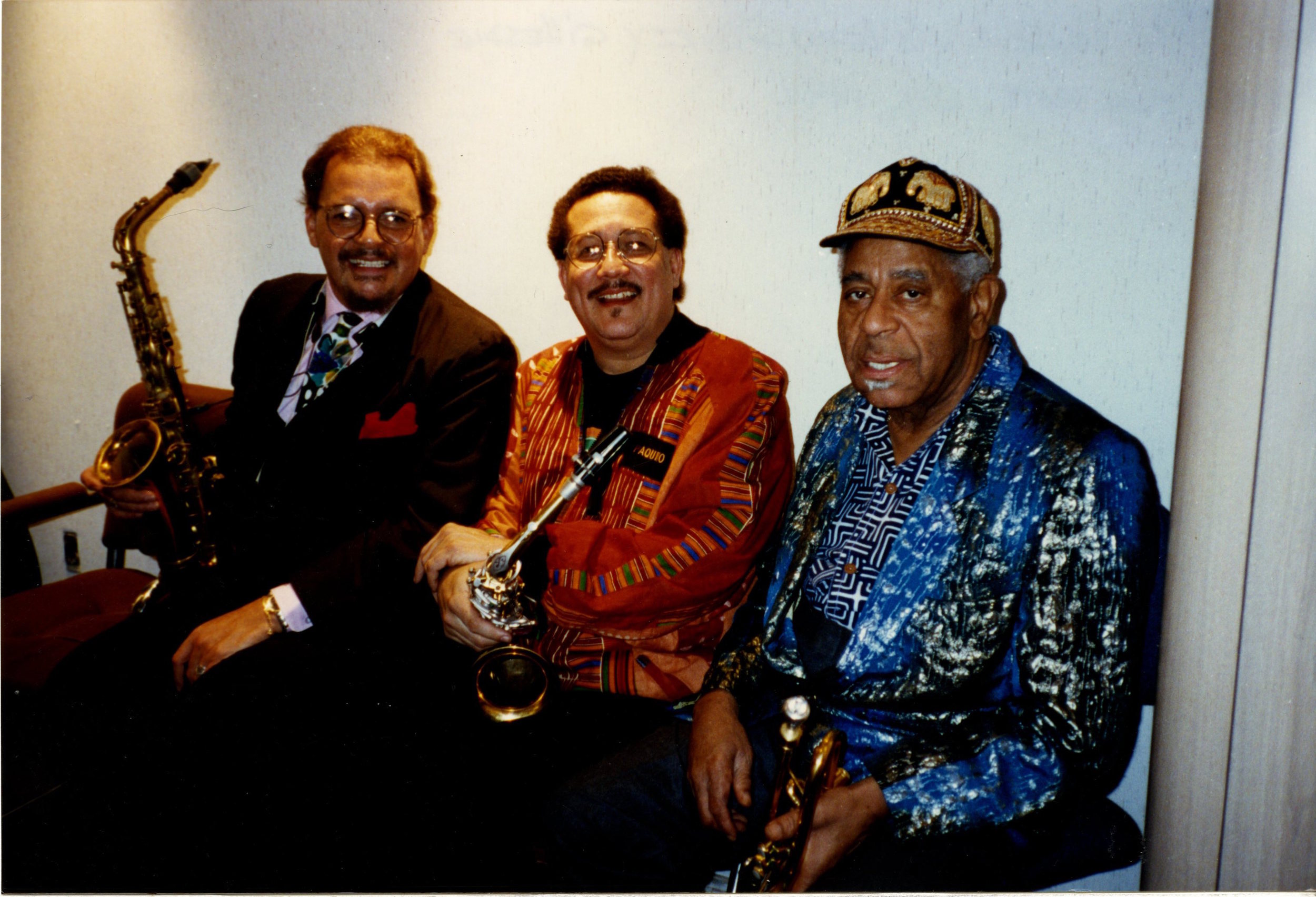
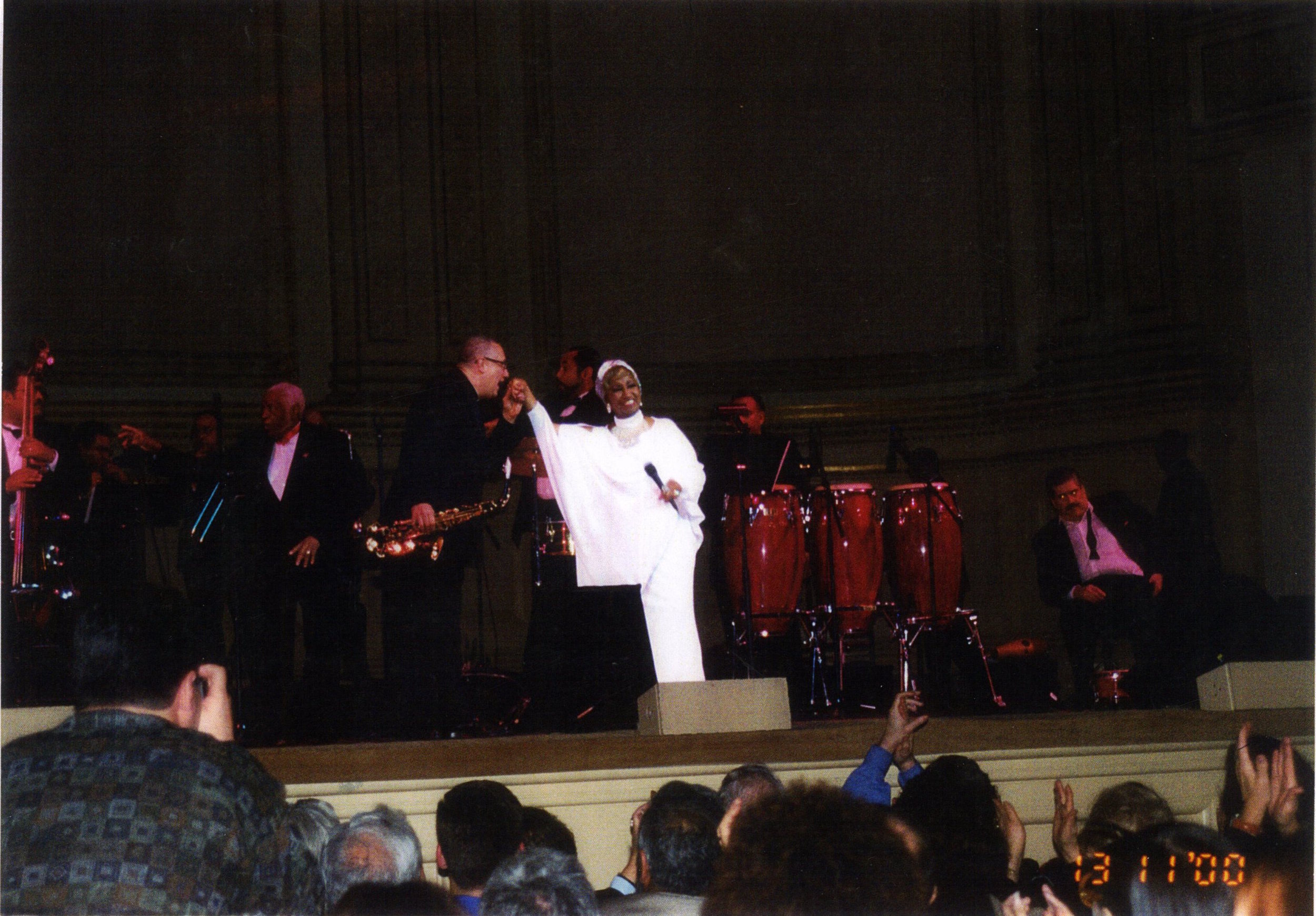
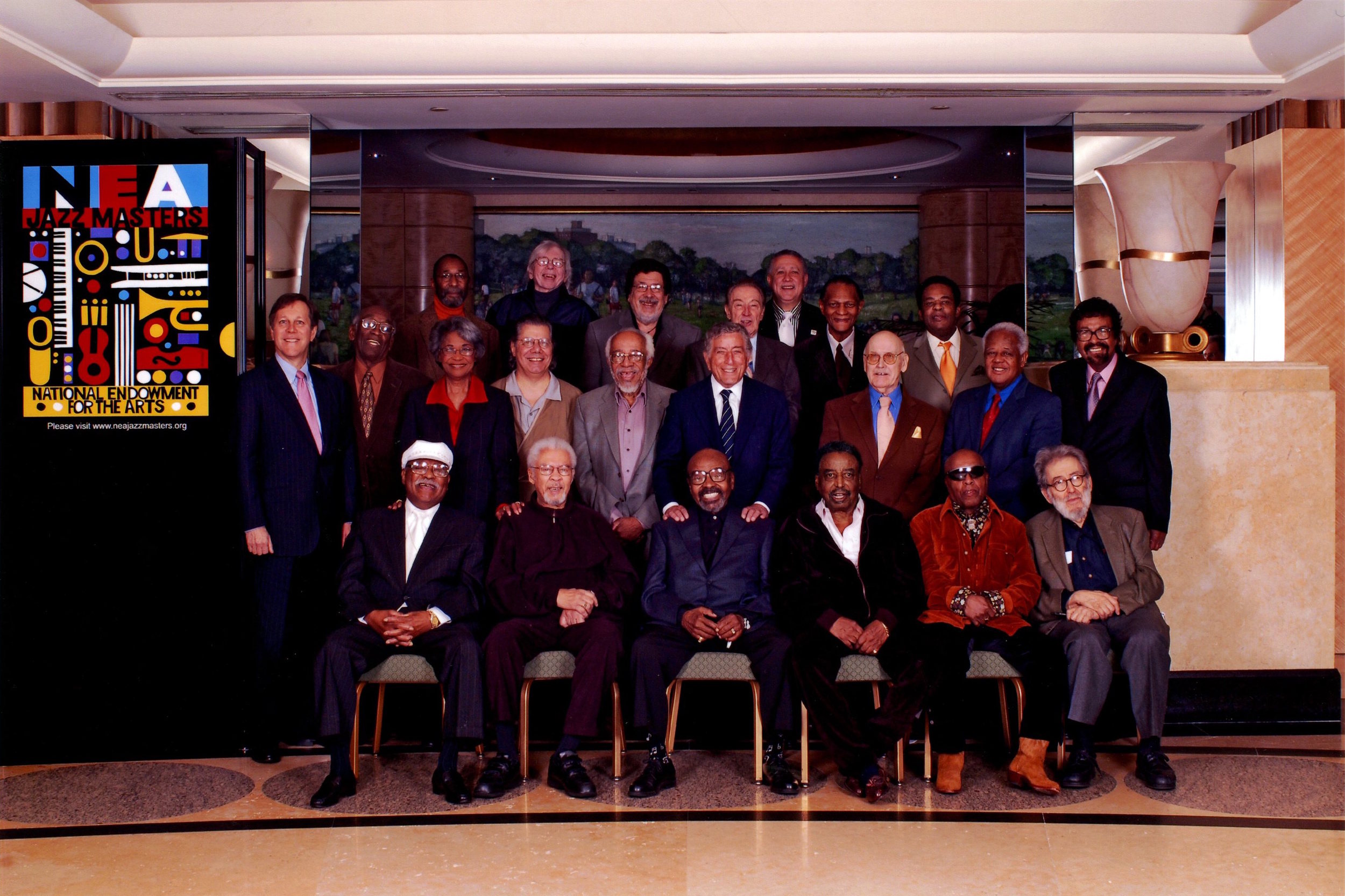
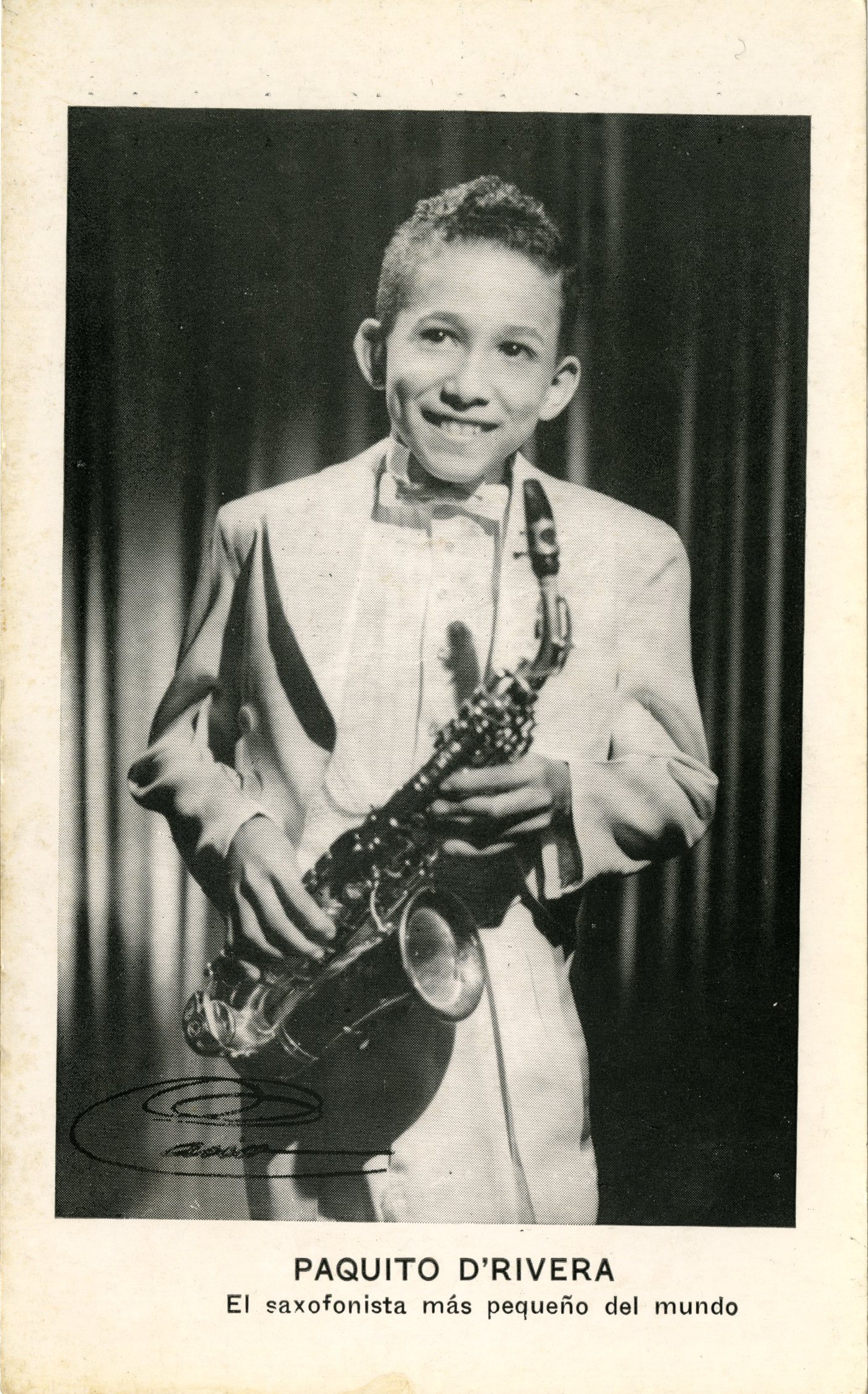
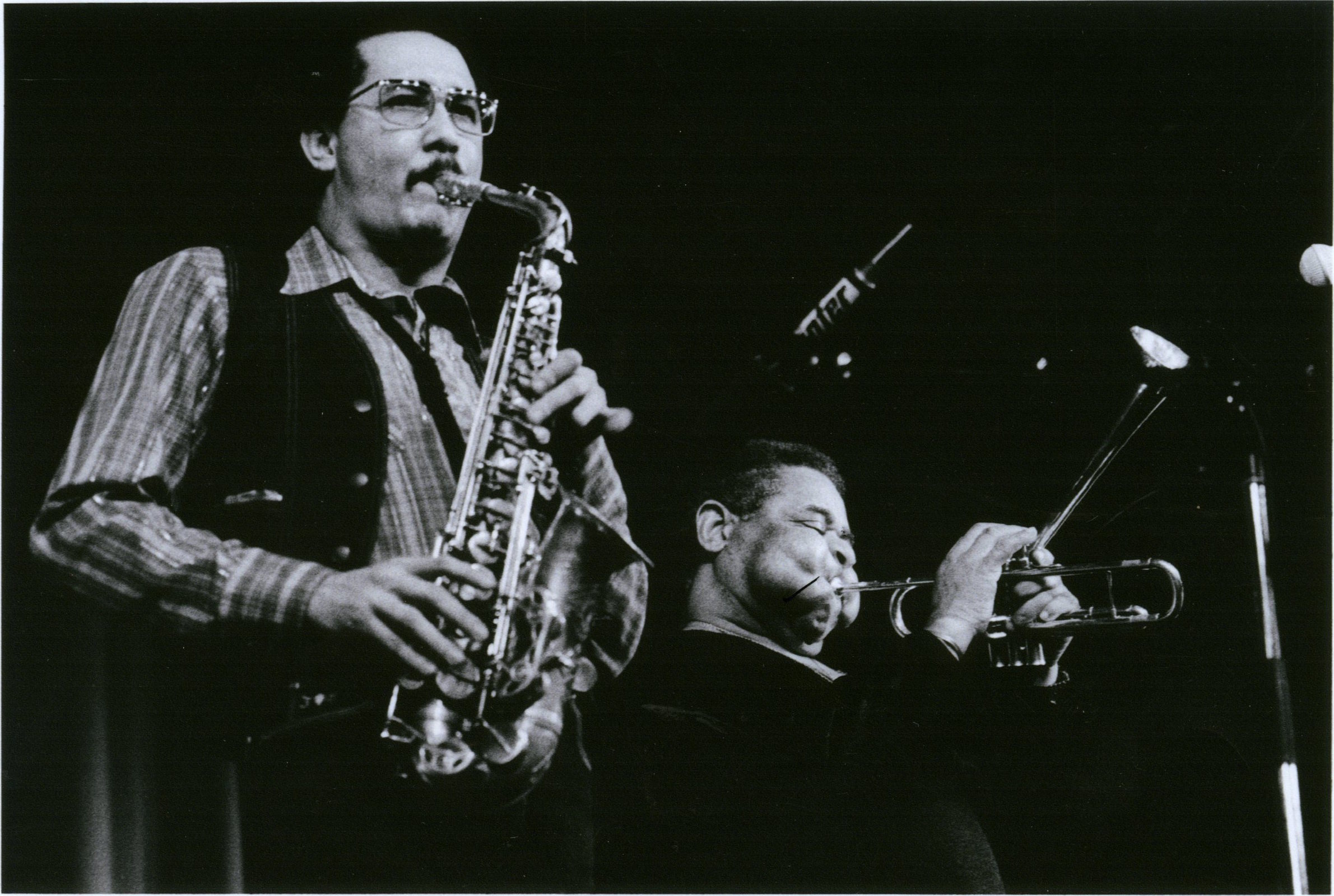
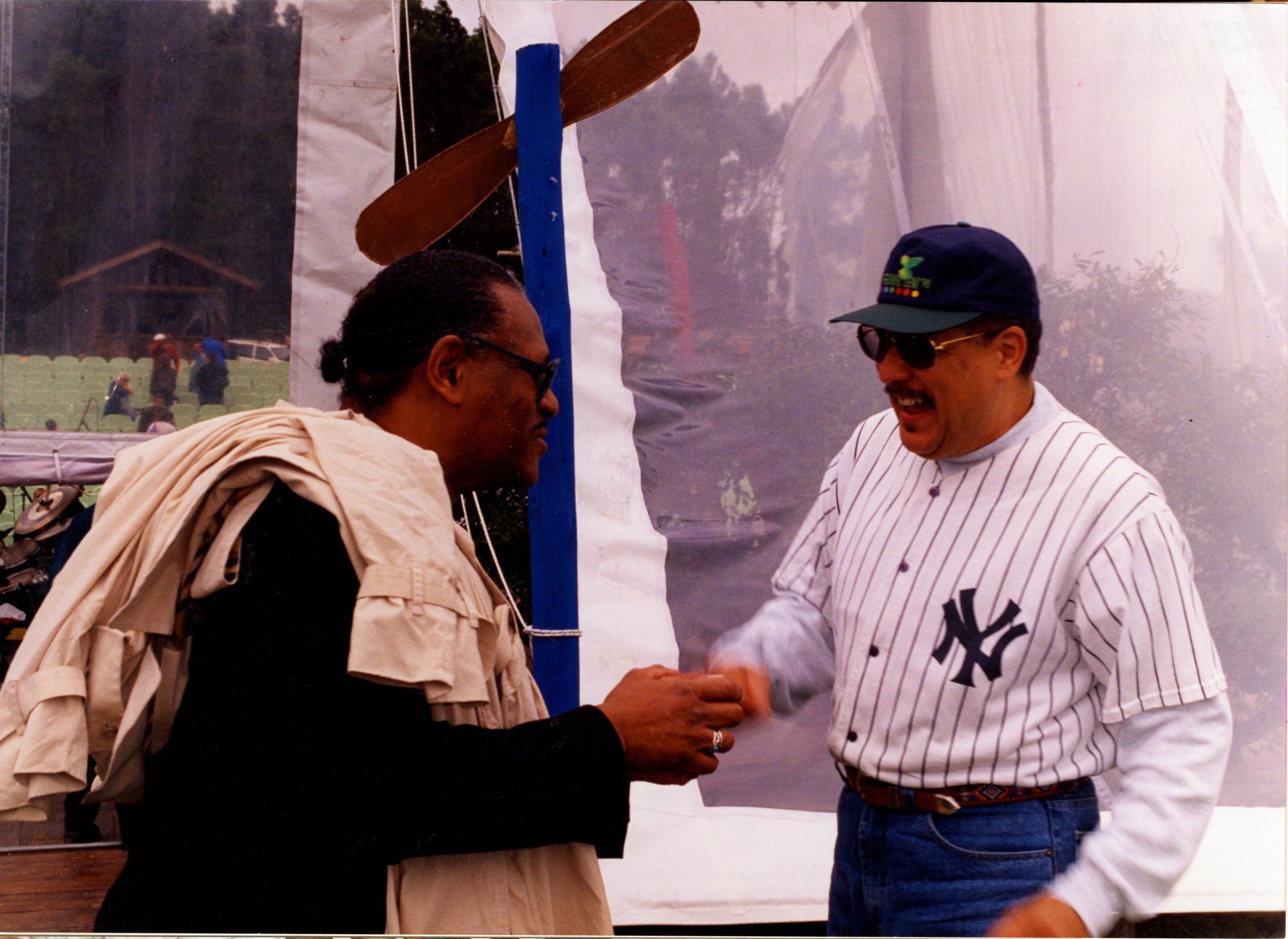
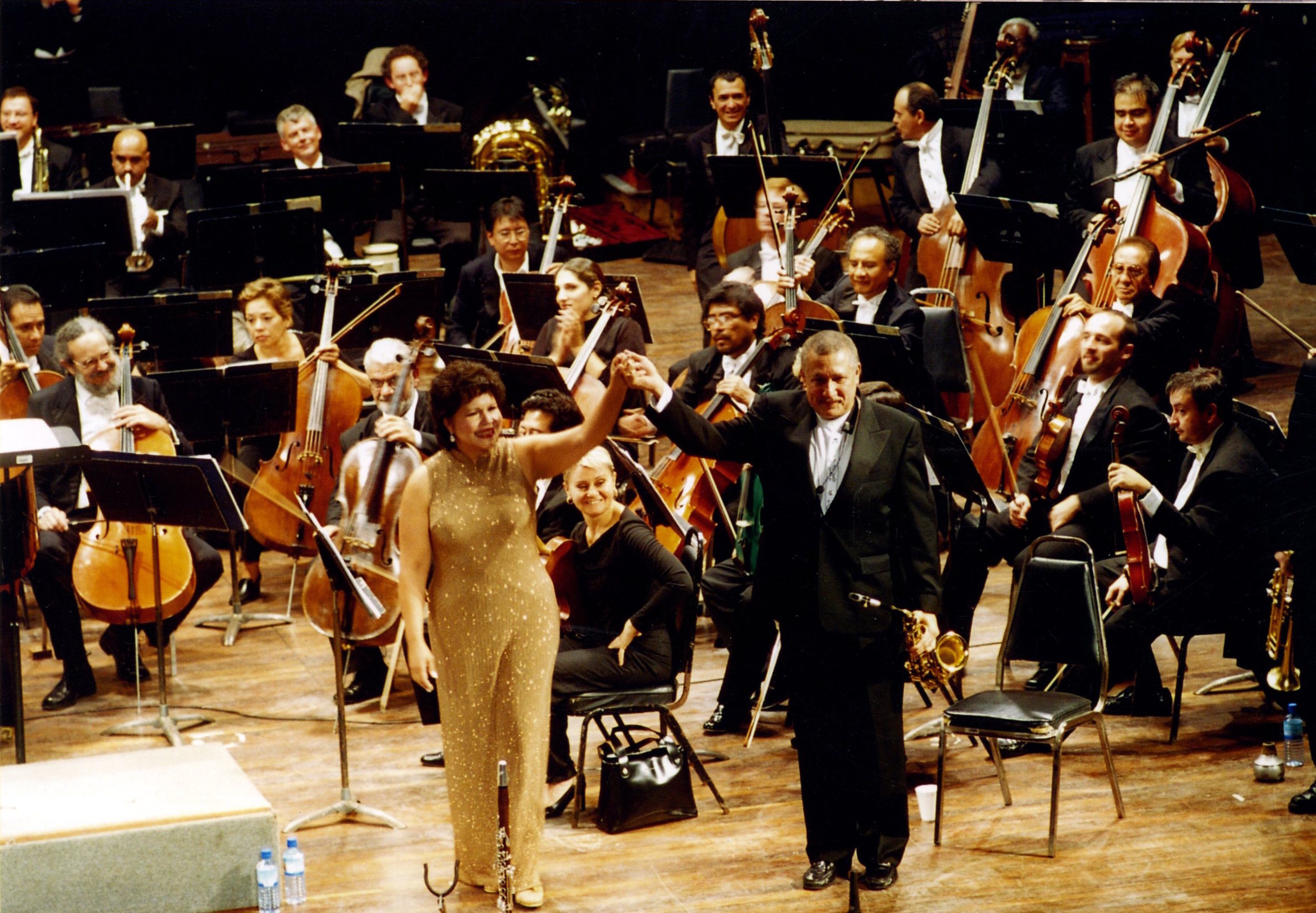
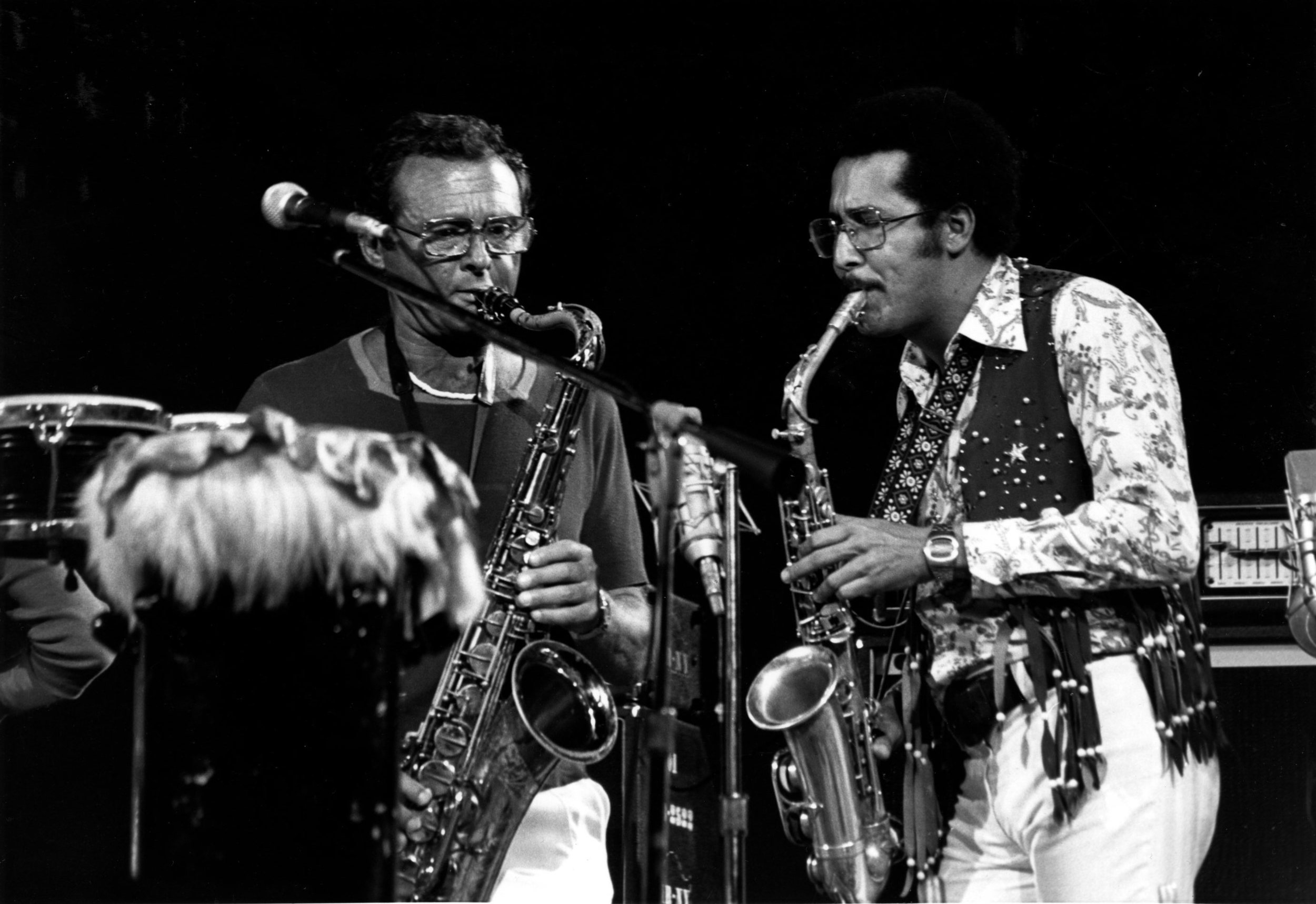
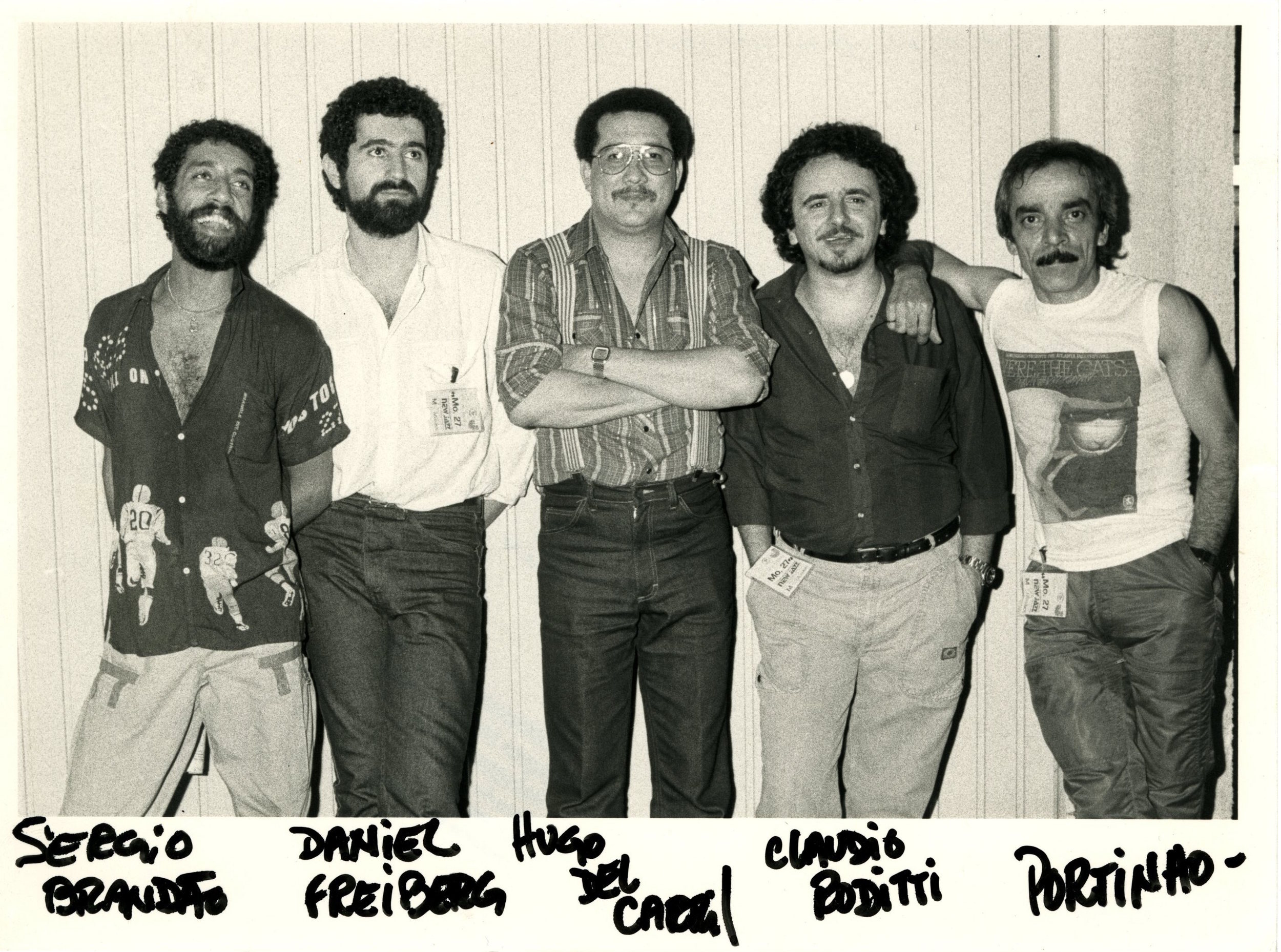
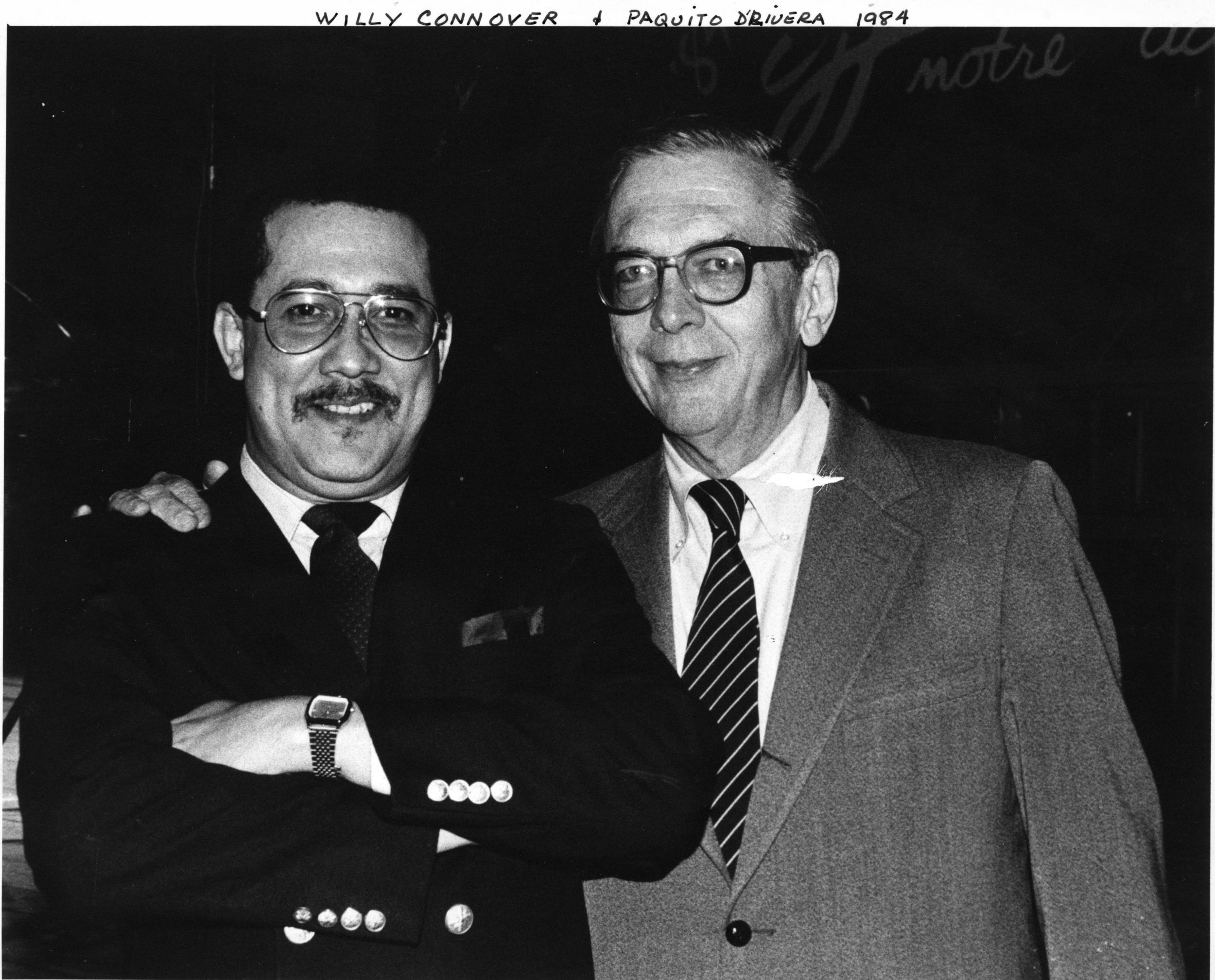
by Paquito D'Rivera
Translated from the Spanish by Rosario Moreno
A captivating memoir from one of jazz's most beloved practitioners, fourteen-time Grammy winner Paquito D’Rivera’s Letters to Yeyito is a fascinating tour of a life lived in music, and a useful guidebook for aspiring artists everywhere.
Paperback • ISBN: 9781632060198
Publication date: Nov 10, 2015